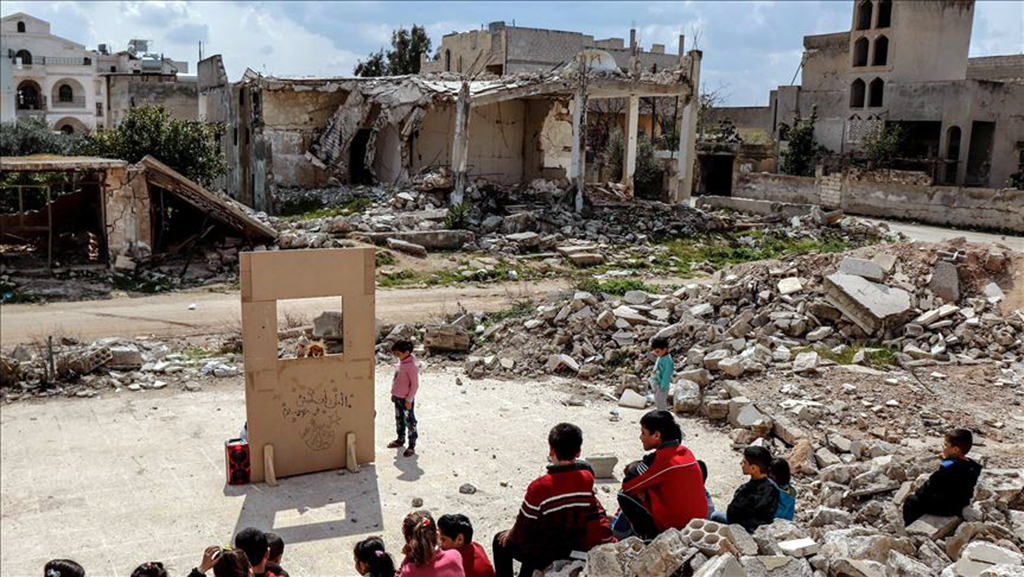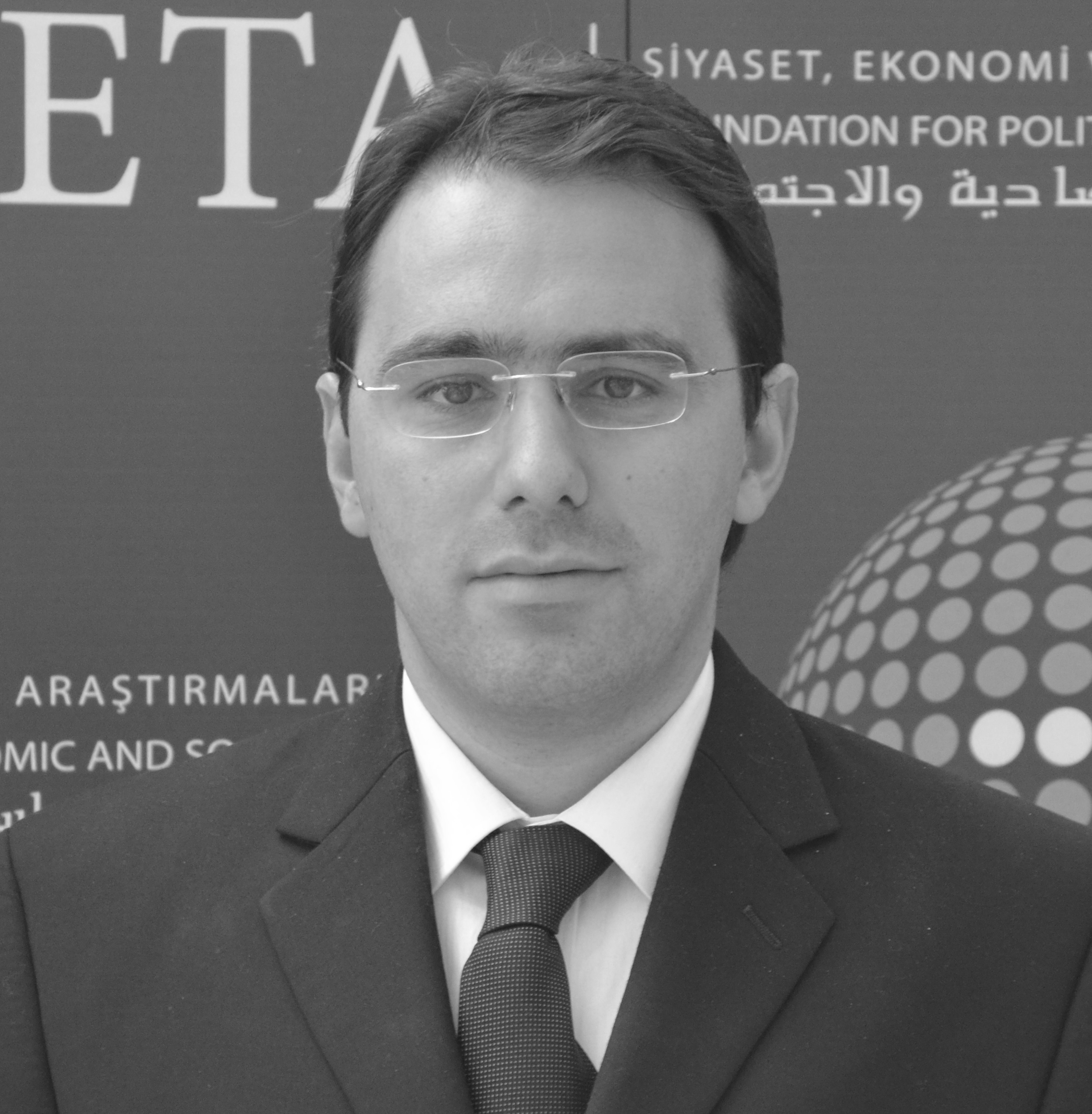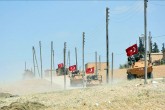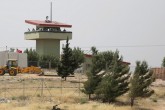After weeks of difficult diplomatic consultations and negotiations between diplomats and military officials from both sides, Ankara and Washington managed to reach a breakthrough on the situation in northeastern Syria. Turkish and American officials agreed on three item protocols that satisfy the fundamental concerns of both parties. The agreement includes the following items: “Rapid implementation of initial measures to address Turkey’s security concerns,” “Starting up a joint operations center in Turkey as soon as possible” and the “Creation of a safe zone and ‘peace corridor’ for the return of displaced Syrians to their country.”
The agreement is not a comprehensive road map that offers specific guidelines to address the points of significant disagreement between Turkey and the U.S.; however, the deal includes elements that take into account the fundamental concerns of both parties in regards to their divergences over northeastern Syria.
Cautious optimism is the best term that represents the sentiments of Turkish officials and experts.
Turkey’s main concern was related to the disarmament of heavy weapons from the People’s Protection Units (YPG) and the withdrawal of the terrorist organization from the 30-kilometer deep zone on Turkey’s southern border.
The other main concern for Turkey is to form a secure area or a “peace corridor” that would allow for the return of Syrians under temporary protection status in Turkey. Washington was worried about Turkey’s unilateral military operation against the YPG and the occupation of the zone on the eastern side of the Euphrates.
Washington invested militarily and politically in the YPG, and they don’t want to see the YPG’s total collapse or a shifting of their alliances to Moscow or Iran due to Turkish attacks. If the items in this agreement take concrete shape in the coming weeks, this may be a game changer in Turkish-American relations.
Disagreements between Ankara and Washington over the status of northeastern Syria, especially the YPG, created a severe confidence crisis between two NATO allies in the last five years. The situation is predominantly the legacy of the Obama administration.
Despite President Donald Trump’s decision to withdraw American troops from Syria and abandoning support to the YPG, the Pentagon has resisted this policy change and stalled the process. The issues in northeastern Syria and Washington’s support for the YPG are not the only disagreement between Washington and Ankara. There is also the issue of the U.S. authorities’ unwillingness to help Turkey in dealing with the Gülenist Terror Group (FETÖ) threat, which adds to Ankara’s skepticism toward the U.S.
If the parties can manage to operationalize the deal on the ground, this may be a significant step toward building confidence between Washington and Ankara.
The most important item in the agreement is the formation of a joint operation center which will allow Turkish and American military and civilian officials to work together and coordinate on the formation of a stable zone in northeastern Syria.
This may sound like a risky step at the moment, but it may also reduce the stress on Turkey from the Syrian regime, Russia and Iran.
The new agreement may also give some time for the YPG to transform itself and turn into a tolerable local political actor under new conditions. The ideological transformation of the YPG, disarmament and demobilization, especially of civilians that were forcefully recruited by the organization, as well as reducing the ties with Qandil may be some game-changing steps for the YPG. Syrians in Turkey and elsewhere may be repatriated under the peace corridor if Turkish and American authorities can secure northeastern Syria.
Turkey is also concerned about the demographic engineering that was conducted by the YPG along its border. With the repatriation of Syrians to their homes in northeastern Syria, the demographic engineering may also come to an end.
Washington’s Turk-phobic self-declared Turkey experts and pundits are cheerful about the prevention of Turkey’s unilateral military operation in northeastern Syria. They argue that the stopping of Turkey’s action against the YPG can be considered a success for the protection of Turkey’s terrorist enemies. They are praising the Pentagon’s maximum pressure approach to Turkey.
There is cautious optimism and skepticism among the majority of Turkish experts and analysts on this deal. The level of trust among Turkish officials and foreign policy and security experts in Washington is so low that nobody feels content with the recent agreement.
The primary concern for the Turkish side is whether the new deal will turn into a new Manbij deal, where the Pentagon worked to prevent Turkey’s military intervention against the YPG. The recent agreement has the potential to turn into a real deal that may transform relations between Ankara and Washington.
Overall, reaching an agreement between Turkey and the U.S. is a positive step. It is now time for the military and civilian officials from both sides to implement the problematic deal on the ground. The success of the implementation will boost the trust between the two parties and may facilitate further steps toward the stabilization of the entire northeastern Syrian region.
[Daily Sabah, 9 August 2019]
In this article
- Opinion
- CENTCOM
- DAESH
- Daily Sabah
- Donald Trump
- East of the Euphrates
- Fight against DAESH
- Global Actors | Local Actors
- Gülenist Terror Group
- Islamic Republic of Iran
- Kurdistan Workers' Party Terrorist Organization (PKK)
- Middle East
- NATO
- NATO Ally
- Obama Administration
- Operation Euphrates Shield
- Peace Corridor
- People's Protection Units (YPG)
- PKK - YPG - SDF - PYD - YPJ - SDG - HBDH - HPG - KCK - PJAK - TAK - YBŞ
- Russia
- Safe Zone
- Syria
- Syrian Civil War
- Syrian Conflict
- Syrian Crisis
- Syrian Democratic Forces (SDF)
- Syrian National Army (SNA)
- Syrian National Coalition
- Syrian Opposition
- Syrian Refugees
- Terrorism
- Trump’s Syria Withdrawal
- Turkish Foreign Policy
- Turkish-American Relations
- Türkiye-NATO Relations
- Türkiye-US Relations
- Türkiye-US Security Relations
- Türkiye's Foreign Policy
- Türkiye's Operation Peace Spring
- Türkiye’s Operation Olive Branch
- United States (US)
- US Withdrawal from Syria
- US-PKK/PYD/YPG/SDF Relations
- US-Terror Relations
- Vladimir Putin



